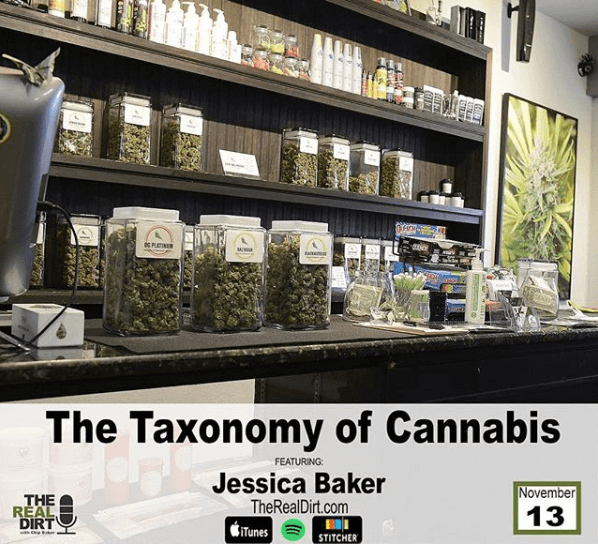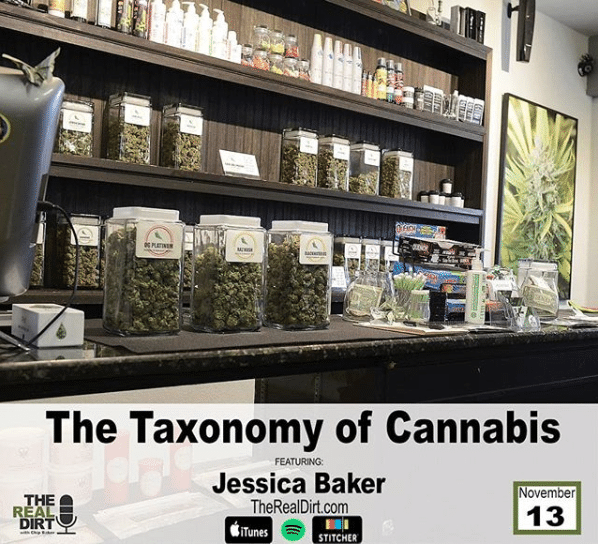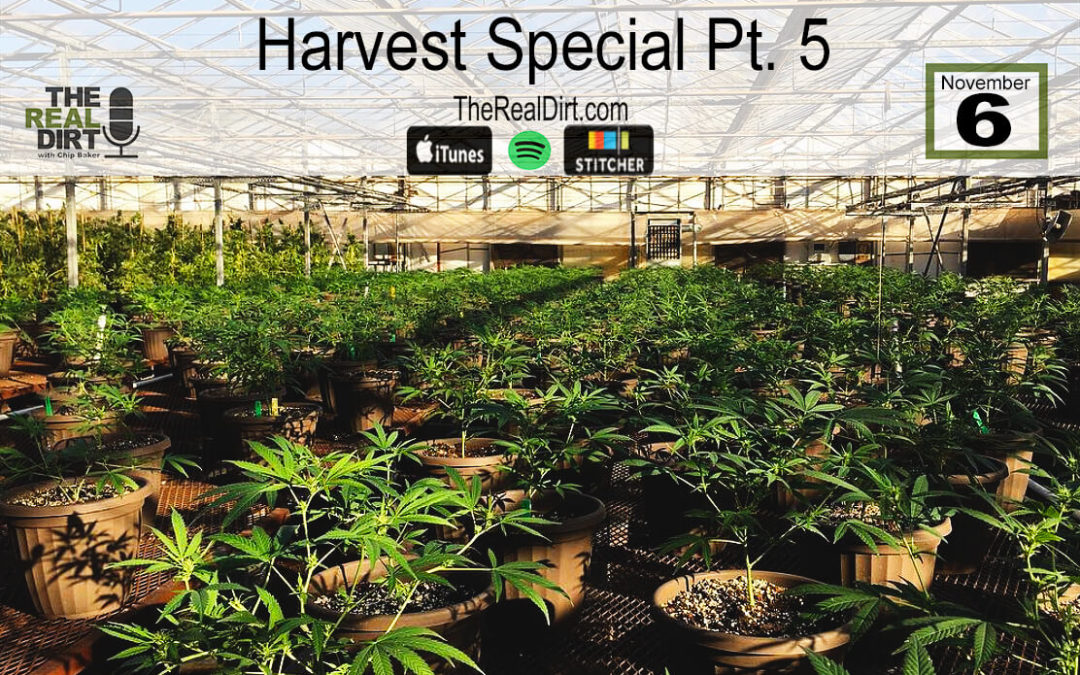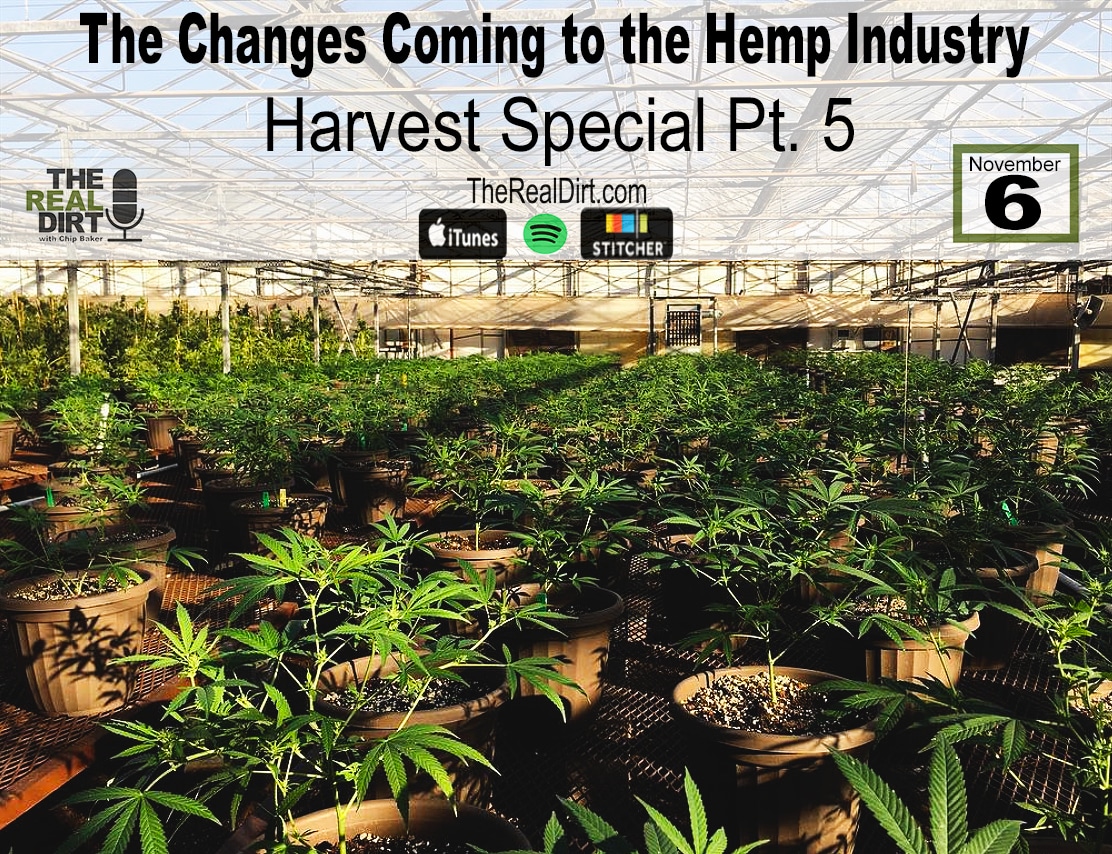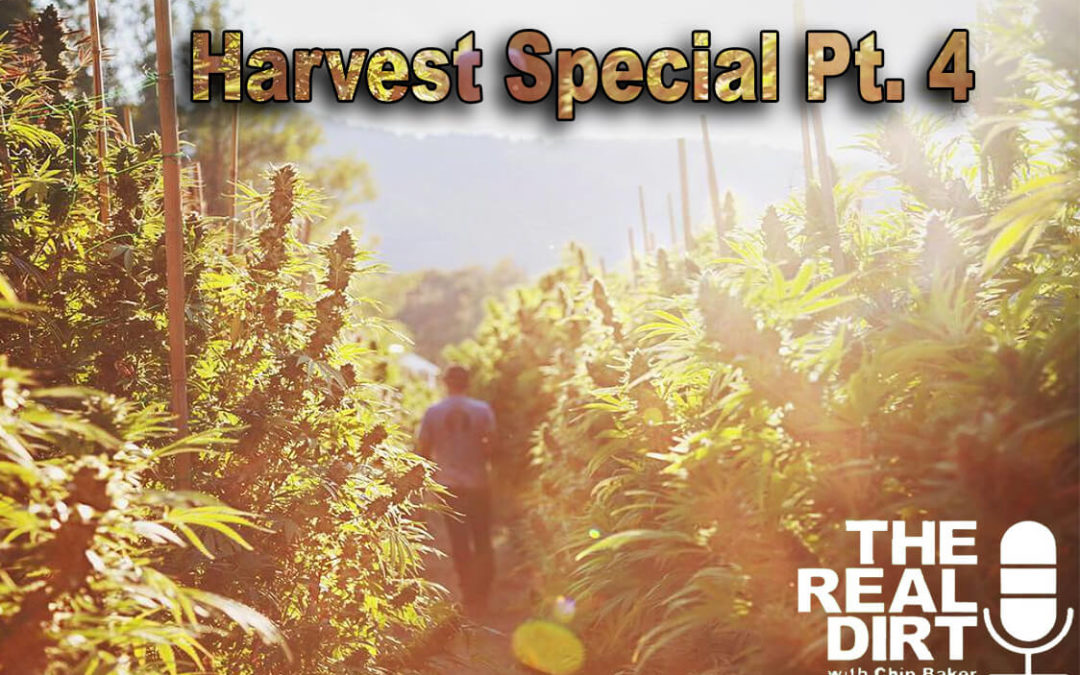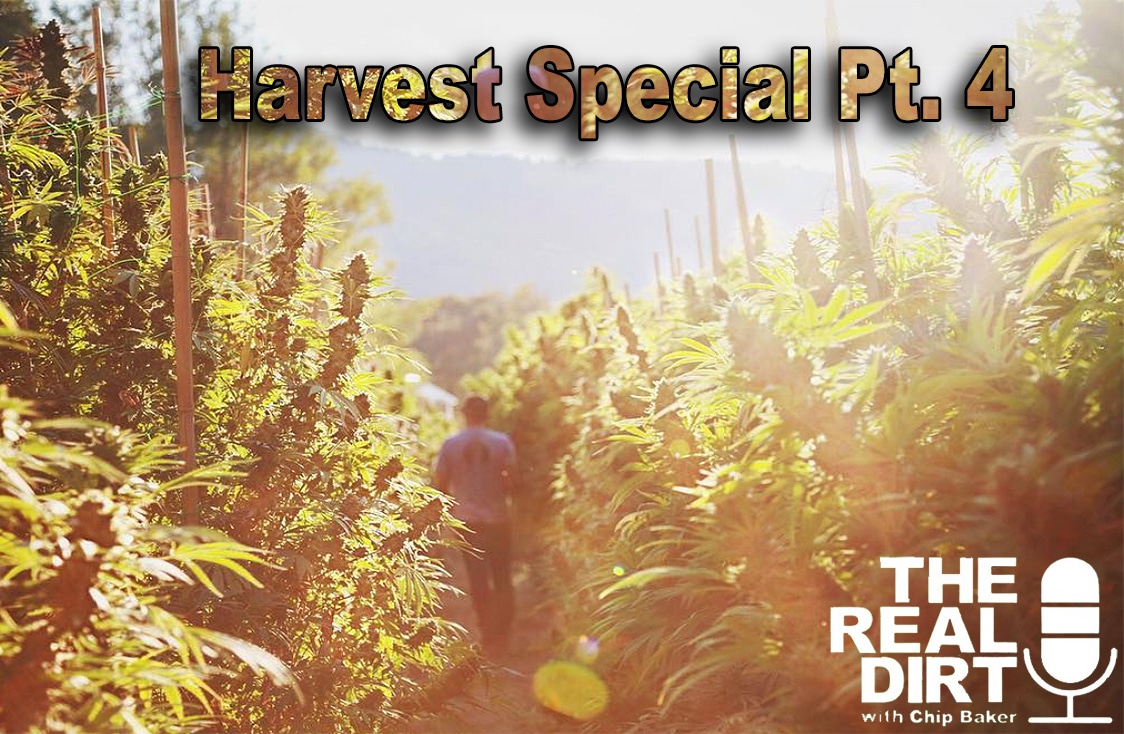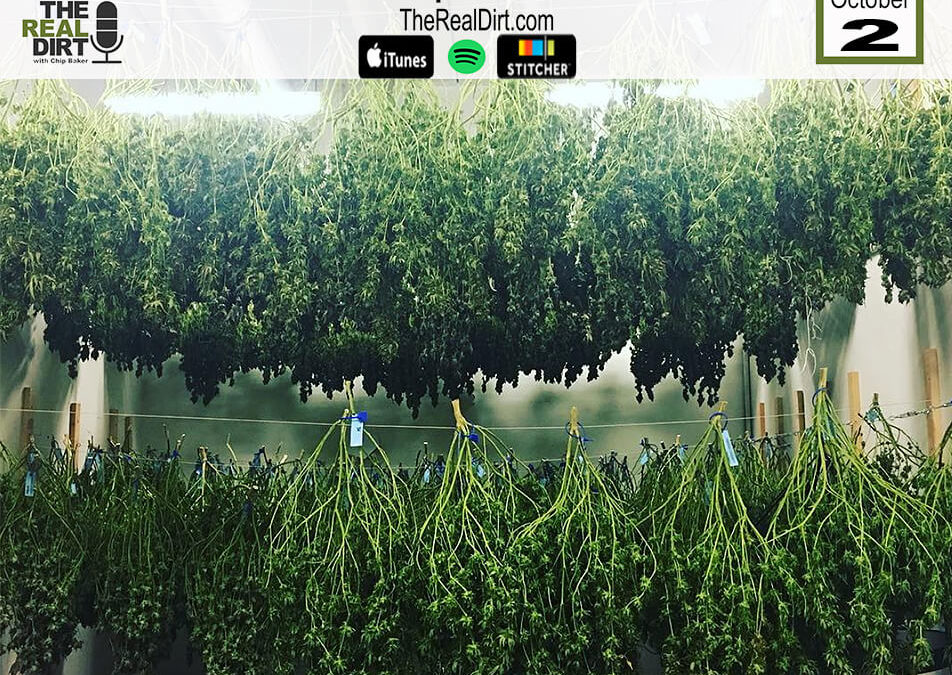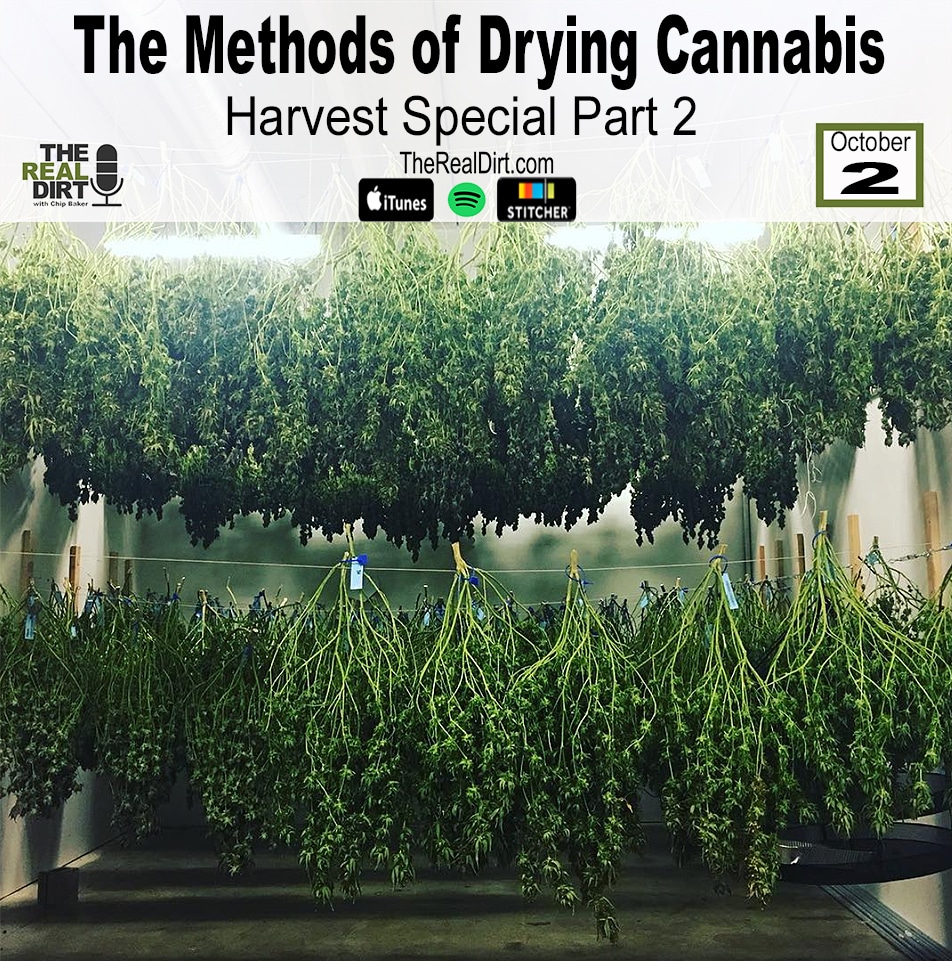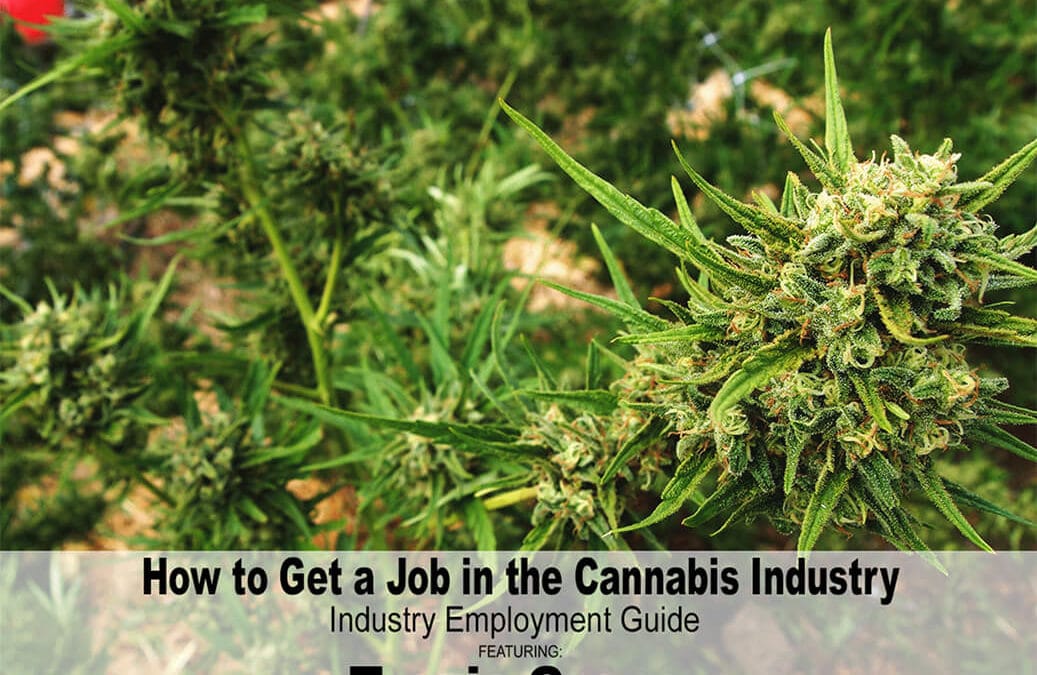
Getting Cannabis Industry Jobs: Industry Employment Guide
Podcast: Play in new window | Embed
Subscribe: Google Podcasts | Spotify | iHeartRadio | Stitcher | Email | TuneIn | RSS
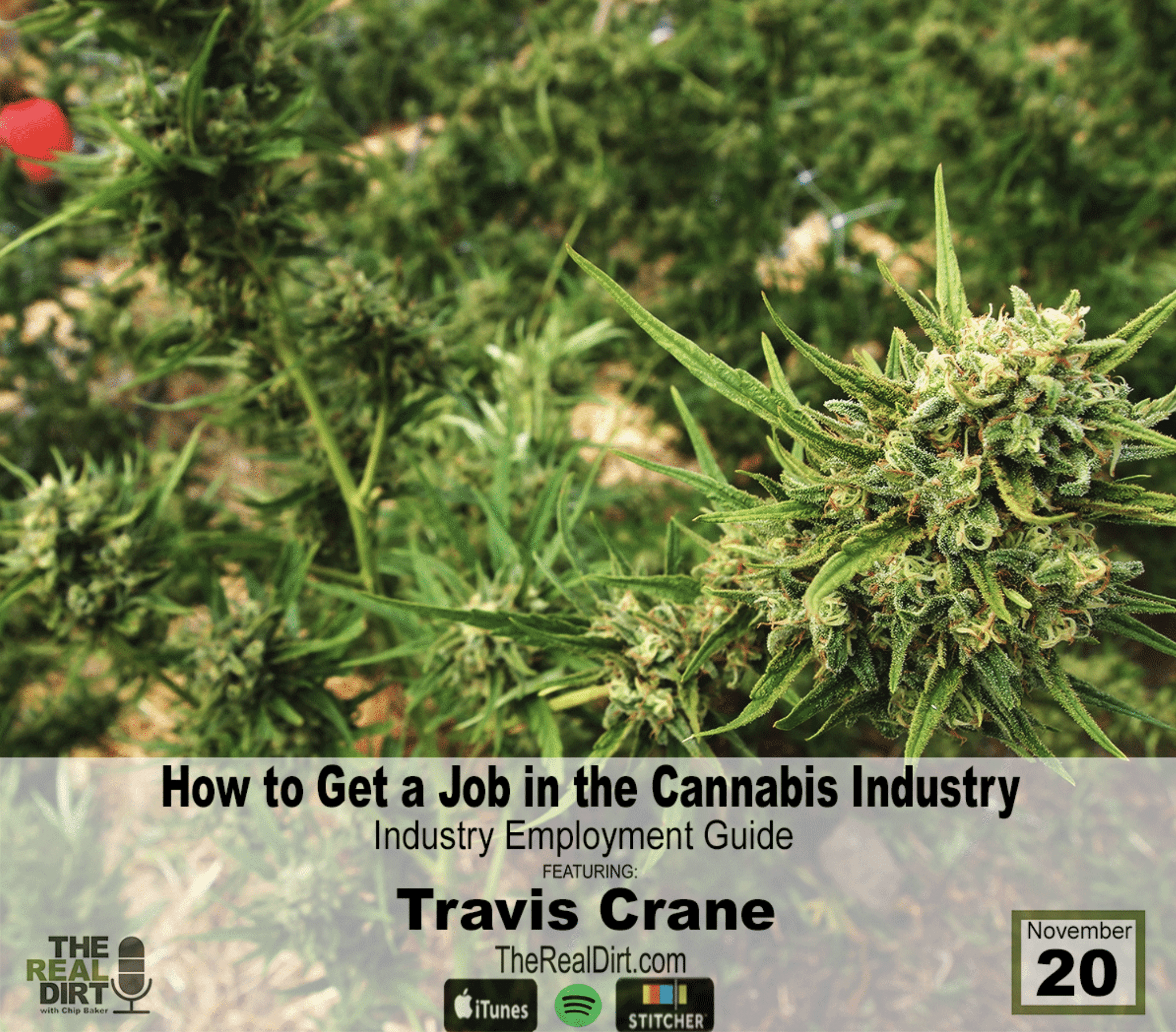
There’s a lot of cannabis industry jobs out there. They’re just hard to find.
There are now more than 30 states that have legalized cannabis for medicinal or recreational use, and the jobs are there if you are willing to look. Due to its stigmatized nature and lack of advertising, finding cannabis industry jobs can be tough, especially in states that have just recently opened their markets.
States like Massachusetts and Michigan are both projected to be highly successful markets. But whereas Michigan just legalized with plans in place for a recreational marketplace within one year, Massachusetts has been legal for two years and has yet to open a dispensary, although that looks to be changing soon.
Cannabis Industry Jobs by State
Every state has set up their legal cannabis markets differently, whether medicinal or recreational. Colorado has one of the most effective and respected programs, and it is highly regulated. California on the other hand has much less restrictions on working in the industry, but a more difficult process of starting a cannabis business in the state.
The more you know about each state’s laws, the easier it will be to decide where you want to work, and what you want to do. Some states are only giving out licenses for growing and extracting, while others have given them all out, and now just need budtenders. Some states require you be a state resident to work in the industry in that state. Other states have no such requirement.
Another way to learn about getting into the industry from the outside is to hear the story of someone who did just that…me!
This Week on The Real Dirt
If you didn’t notice by the author line at the top, I’m Travis, and I’m the guest on this week’s episode of The Real Dirt.
I have been writing for The Real Dirt for over a year, and have been writing about cannabis for roughly 5 years. What started as a fantasy of working in the legal industry developed over time into me picking up and leaving Pennsylvania to move to Colorado to work full time for The Real Dirt and Cultivate Colorado.
It wasn’t easy for me to find a job in the industry, especially from the east coast. It will be hard for you too, but it’s not impossible. You don’t need to pick up and leave with no job security and hope you find something. You just have to look. Hard.
It took me at least 6 months of doing unrelated jobs on the side and looking for cannabis-related jobs before I actually found The Real Dirt. So don’t give up.
My story isn’t anything special. I saw an opportunity and went for it against odds, and succeeded. Now I’m writing this trying to help you get past the point I was stuck at too! If you want to hear more about me and how I ended up 2,500 miles away from all my family, listen to my episode of The Real Dirt!
Plus, I wrote a nice Industry Employment Guide that goes into detail about the fastest growing cannabis industries in the country, and all of the requirements for working in them. Please check that out, download it, print it, frame it, burn it, whatever you want. But it will help you understand the basics of these state’s respective industries should you decide to start looking for a job.
I hope you get something out of this episode and the industry guide, and as always you can ask me any questions at Travis@therealdirt.com, or talk to me on Instagram! I run both Cultivate Colorado’s and The Real Dirt’s Instagram accounts, and I LOVE TALKING WITH FANS!

